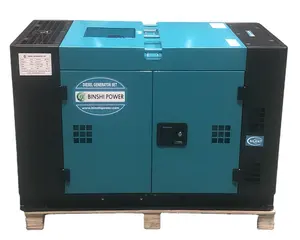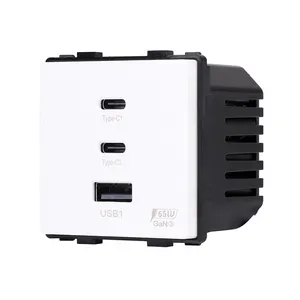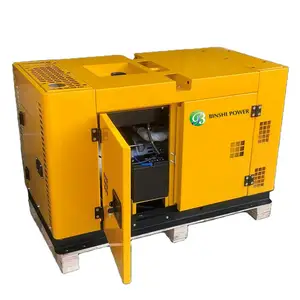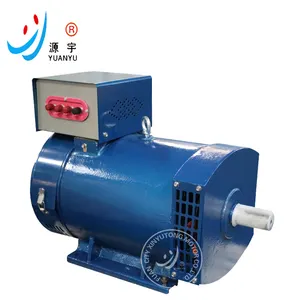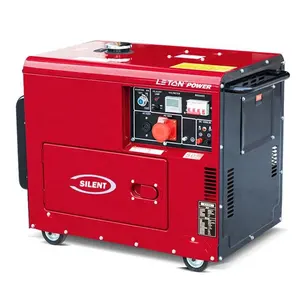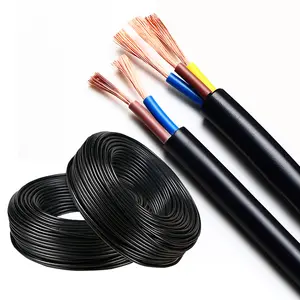Popular in your industry























































Top categories
About 6 core flexible cable
Exploring Flexible 6-core Cables
Flexible 6-core cables are a type of electrical cable featuring six intertwined conductors encased within a single protective sheath. Their pliable nature is crucial for applications that necessitate the bending and movement of cables, such as in the handling of flexible materials or the interconnection of various devices. The six-conductor design renders these cables particularly apt for scenarios requiring simultaneous connections, like those found in data or communication systems.
Industries, businesses, and professionals across various sectors form the primary market for flexible 6-core cables, as they seek the adaptability and multiplicity of a multi-core cable without sacrificing system safety and integrity. These cables are indispensable in domains like telecommunications, electronics, and industrial machinery, where consistent and reliable signal transmission is critical.
The operational principle of flexible 6-core cables lies in their capacity to transmit electricity between devices while preserving the flexibility necessary for movement. This is facilitated by the use of supple stranded conductors, capable of enduring bends and twists without fracturing. Typically, these conductors are composed of materials such as copper, renowned for its superior conductivity, durability, and corrosion resistance. Insulating materials envelop the conductors, safeguarding them from environmental hazards like moisture, chemicals, and extreme temperatures.
Varieties of Flexible 6-Core Cables
The market presents an array of flexible 6-core cables, each tailored with distinct attributes to match specific applications:
-
PVC Insulated and Sheathed Cables: Favored for their cost-efficiency and robustness, these cables are a common sight in industrial environments, delivering steadfast performance under moderate mechanical stress.
-
XLPE Insulated and Sheathed Cables: XLPE (Cross-Linked Polyethylene) insulated and sheathed cables are the go-to choice for demanding conditions, such as outdoor or subterranean installations, thanks to their exceptional resistance to moisture, chemicals, and temperature fluctuations.
-
Rubber Insulated and Sheathed Cables: Celebrated for their supreme flexibility and insulation prowess, these cables are ideal for settings where extreme pliability is necessary and safety is paramount due to exposure to moisture or chemicals.
-
Multi-Core Cables with Shielding: Equipped with multiple cores and designed to carry shielded signals, these cables are perfect for communication networks and other scenarios where preserving signal integrity against electromagnetic interference (EMI) is crucial.
-
Specialized and Customizable Cables: Certain applications may call for bespoke solutions, such as hybrid cables that merge power and signal lines within a single sheath. Custom designs like these cater to the intricate requirements of complex systems.
When choosing a flexible 6-core cable for a specific application, it is essential to consider the electrical demands, the environmental context of the cable's use, and the necessity for EMI shielding.
Selecting the Right Flexible 6-core Cable
Identifying the appropriate flexible 6-core cable entails evaluating several key aspects:
-
Conductor Material: The decision between pure copper, copper clad aluminum, or alternative materials hinges on the electrical and environmental specifications of the intended application. Pure copper is an outstanding conductor with high electrical conductivity, while copper clad aluminum is a more economical option for less critical uses.
-
Insulation Material: The insulation should be chosen based on the environmental conditions the cable will encounter. PVC is a general-purpose insulator, whereas materials like XLPE offer superior protection.
-
Flexibility: The cable's flexibility is vital if it is to withstand movement or frequent repositioning, a characteristic often determined by the strand count in each core and the insulation type.
-
Core Configuration: The number of cores is dictated by the power requirements of the application, with a 3-core cable typically used for single-phase power and a 6-core cable for three-phase power in balanced systems.
-
Shielding: Shielded flexible 6-core cables are recommended in environments with significant electromagnetic interference to protect the conductors from external electrical noise.
Businesses should also weigh factors like color coding for straightforward identification, crucial in intricate wiring systems. Insulation materials should be scrutinized for their heat and chemical resistance relative to the working environment. Moreover, it's imperative to opt for cables with the necessary certifications for specific industries or regions to comply with regulations.
Flexible 6-core Cables on Alibaba.com
Alibaba.com emerges as a premier online marketplace for businesses in search of dependable flexible 6-core cables, connecting buyers with an extensive network of suppliers worldwide. The platform's vast assortment caters to a multitude of industries, from communication networks to industrial automation, streamlining bulk procurement.
Alibaba.com's intuitive interface enables buyers to refine their search by color, conductor material, insulation type, industry application, and more, ensuring a seamless match with their precise needs. The platform's Trade Assurance service offers buyers confidence by securing payments until the delivery is verified.
Opting for Alibaba.com for your flexible 6-core cable needs means accessing a plethora of resources that bolster your business's expansion. With suppliers providing competitive rates and customization options for volume orders, Alibaba.com facilitates international commerce while maintaining high-quality standards, underscoring its dedication to simplifying global business for companies of all sizes and stages of growth.
Common FAQs for Flexible 6-core Cable
What is the primary use of a flexible 6-core cable?
Flexible 6-core cables are chiefly employed for the transmission of data and power in electronic devices, such as computers, appliances, and other equipment that rely on multiple signals for operation.
How does the conductor material affect the performance of a flexible 6-core cable?
The conductor material, especially copper, influences the performance of a flexible 6-core cable by providing low resistance and high conductivity, essential for effective signal transmission.
What should I consider when choosing the insulation type for a flexible 6-core cable?
In selecting an insulation type for a flexible 6-core cable, account for the environmental exposure, the required installation flexibility, and the potential for electrical interference.
Can flexible 6-core cables be used for outdoor applications?
Certain flexible 6-core cables are designed with insulation suitable for outdoor use. Seek out cables with UV resistance if they will be subjected to sunlight.
What is the significance of the conductor size in a flexible 6-core cable?
The conductor size in a flexible 6-core cable is indicative of its current-carrying capacity. Larger conductors can handle more current and exhibit lower resistance, which is beneficial for extended distances or high-power demands.
Are there any standards that flexible 6-core cables must comply with?
Flexible 6-core cables are required to adhere to specific safety and performance standards, which can vary by region. Selecting a cable certified to meet the local standards pertinent to your application is crucial.
What is the significance of the insulation material in a flexible 6-core cable?
The insulation material in a flexible 6-core cable is vital for averting short circuits and ensuring safety. Materials such as PVC, TPE, and TPU offer robust insulation and flexibility.
How do I know if I need a flexible 6-core cable with shielding?
If your application is prone to electromagnetic interference, as in data transmission or industrial machinery, a shielded flexible 6-core cable may be necessary to guarantee consistent signal transmission.
What are some common applications for flexible 6-core cables?
Flexible 6-core cables are commonly used in industrial machinery, network installations, communication systems, control panels, and any setting where multi-core cabling is essential for operational systems.
How do I determine the right length of flexible 6-core cable for my project?
To ascertain the appropriate length of flexible 6-core cable for your project, measure the distance to be covered between connection points and add extra length to allow for installation slack.
